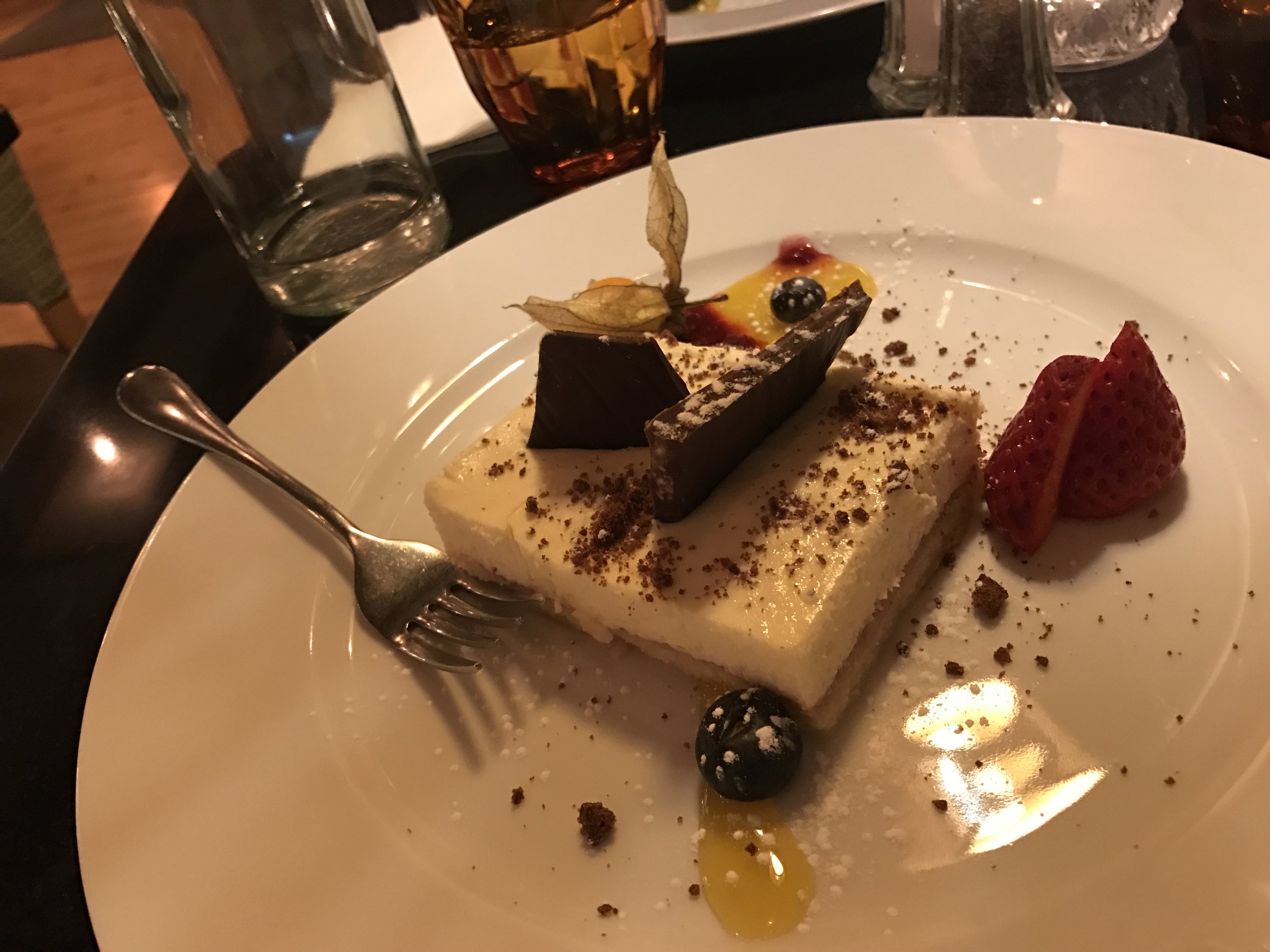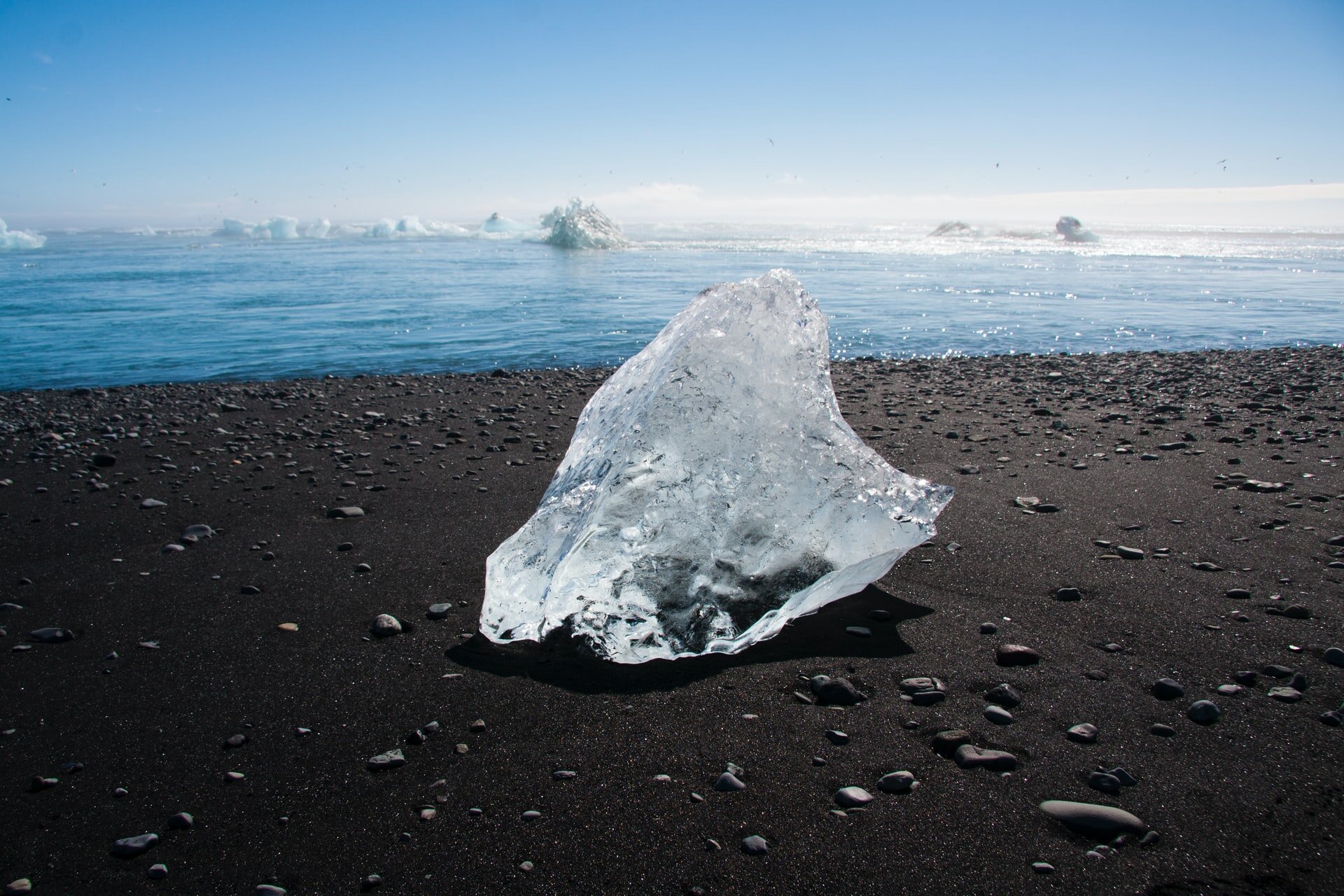7 ways to save money in amazingly expensive Reykjavik
/The Solfar (Sun Voyager) Sculpture on Reykjavik's waterfront is a free attraction in the city, and wouldn't be out of place on a budget itinerary.
Note: This post contains sponsored content and/or links.
Iceland is a country blessed with an entire landscape of natural beauty, so it should come as no surprise to learn that it is home to no fewer than seven sites on the UNESCO World Heritage List.
It’s a playground filled with volcanoes, waterfalls, glaciers and even has visible boundaries between two tectonic plates – a quintessential cocktail of geographic magnificence.
Though it almost feels strange that all of these organic features gifted to the Earth by Mother Nature are in a country which has one of the highest-ranked cost of living in the world.
Reykjavik is surrounded by natural beauty - characteristic of the rest of the country.
But that’s the way it seems to be in Iceland, and especially in the tourist haven of Reykjavik – places that rely heavily on imports and have high taxes making even basic necessities that bit more expensive.
But don’t fret, as there are a few ways to save a few pennies while in Iceland, as I found out on my recent trip there.
1. Drink tap water
Unlike a lot of places in the world, tap water is completely safe to drink in Iceland. Alongside the likes of Switzerland, Austria, Norway and Sweden, Iceland has one of the cleanest H2O supplies on the planet and it is a great way to save money.
Rather than buying multiple bottles of drink from a supermarket, buy just one and fill it up throughout the day to keep you refreshed. The same goes for if you are in your hotel room and feeling a little parched.
Most restaurants will bring water to your table without having to even ask, and all will be more than happy to do so on request if not. Tap water is free in Icelandic eateries, so ditch the expensive drinks menu and stick to water if you want the bill as low as possible.
2. Take a trip to the flea market
Kolaportid not only sells food, but also arts, crafts and souvenirs.
Kolaportid is Iceland’s only flea market. Located in Reykjavik, it’s a junk sale-cum-indoor market selling everything from clothes to handcrafts to food.
If you’re looking for a spot of lunch, head here. They have a café located at the front of the building selling a range of sandwiches, cakes and traditional Icelandic lamb soup, which is what I ended up having. There’s also the c of trying delicacies such as fermented shark and dried fish – neither of which I recommend, especially to those who are averse to seafood.
Smoked lamb soup from Kolaportid's café.
Rotten shark is certainly an acquired taste. See what we though of it in part one of my Iceland vlog.
Another food stand lies just outside of Kolaportid’s back entrance called Baejarins Beztu Pylsur. The small business, whose name literally translates into “the best hotdog in town,” sells its famous lamb hotdogs from a small red cabin which rose to prominence after former United States President Bill Clinton stopped by in 2004 to sample the menu.
Baejarins Beztu Pylsur is a popular food spot whatever the weather.
And you’re looking for a souvenir, then there is plenty to choose from, from flags to toys to artwork – and the prices can be negotiated if you want to increase your margin of saving.
3. Buy at Bonus prices
Inside the Bonus supermarket on Laugavegur - one of Reykjavik's main shopping streets.
In most countries, a common way of avoiding splashing out on food is to shop at a supermarket or convenience stores – of which there are a fair number dotted around Reykjavik City Centre.
However, in Iceland, this isn’t always the case. The 10-11 branch of convenience stores, for example, have a great range of products. Whether you want something for breakfast or a packed lunch to take out on a day trip, this place has you covered whilst also providing the luxury of longer opening hours than its competitors, but they still retain the common problem of being very expensive.
The cheapest option of them all is a supermarket chain called Bonus, and there are several branches located around the country. They don’t have brilliant opening hours, but if time can be made to stop off in the day then it is worth getting supplies.
4. Sneak in a small bottle of spirits
Like food, alcohol is charged at a premium. With half a litre (that’s 68ml less than a pint!) of beer priced in the £8-£10 range and cocktails exceedingly more expensive, getting drunk isn’t a cheap affair.
One way around this is to bring along small flasks of spirits, usually best concealed in a handbag or coat pocket, and order a mixer. We got two quarter bottles at the airport, one vodka and one rum, and took them along with us on nights when we ate out.
I would have a beer with my meal, and then after that order a coke or lemonade to put our own alcohol in. It perhaps wasn’t morally right, but it helped us out financially and worked out to be a worthwhile venture.
5. Happy hour is your best friend
Bryggjan Brugghús is one place that has a happy hour, with their beer made on site in a brewery which is open to the public for tours.
Late night drinking is not advised for budget travellers – the time to drink is happy hour. While this varies from place to place, happy hour generally begins in the afternoon and runs until early evening.
Happy hour is the daily window where various bars and restaurants in Reykjavík have offers on alcohol such as cut-price beers or buy one get one free offers.
Half litres of Gull are available on the cheap at A Bar on Laugavegur from 22:00-02:00.
There are the odd one or two places that have late happy hours such as A Bar on Laugavegur but, as a general rule, get your drinking hat on early doors.
6. Dine out on a Sunday
Geysir Bistro are one restaurant to have Sunday offers, with a discounted set menu.
Whether this happens on any other nights, I’m not too sure, but over the four days we ate out in Iceland we found Sunday to be the cheapest due to restaurants running special offers.
Whether it’s set menus, special discounts or two-for-one offers, the Sabbath seems to be a great day to enjoy an evening meal.
My girlfriend got one of the three-course set menus from Geysir Bistro, and that presented a saving when compared with the bills from other nights.
7. Get a Reykjavik City Card
The Reykjavík City Card could prove to be the ultimate money saving pass for any tourist visiting the city.
With free entry and discounts on several attractions, unlimited, citywide use of the bus network and savings at a range of restaurants and cafés there are plenty of savings to be had.
While you can’t purchase the cards online, prices, a full list of benefits are available on the Visit Reykjavík website.





























I’ve put together a list of attractions to help with creating your itinerary and planning your travels. So, here are five things you have to do in Reykjavik.